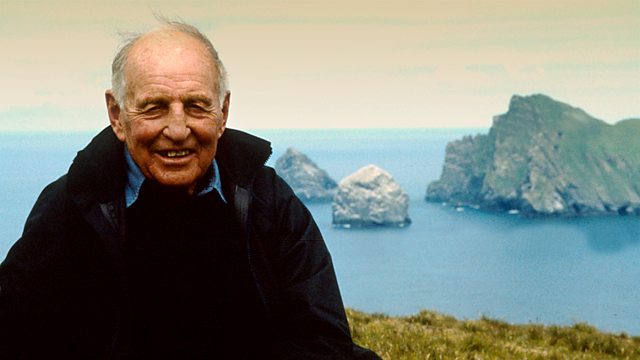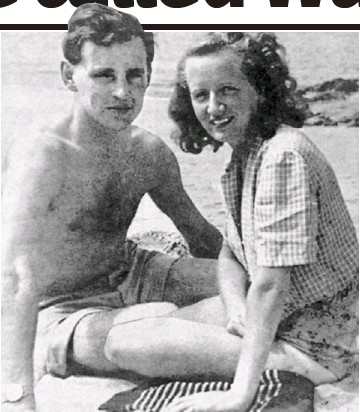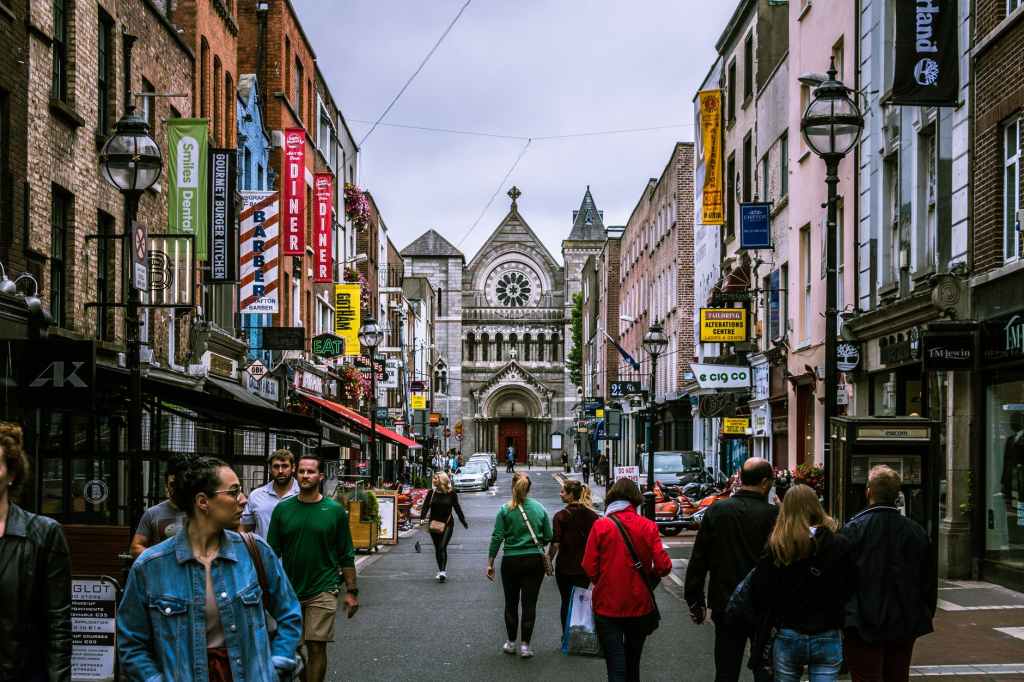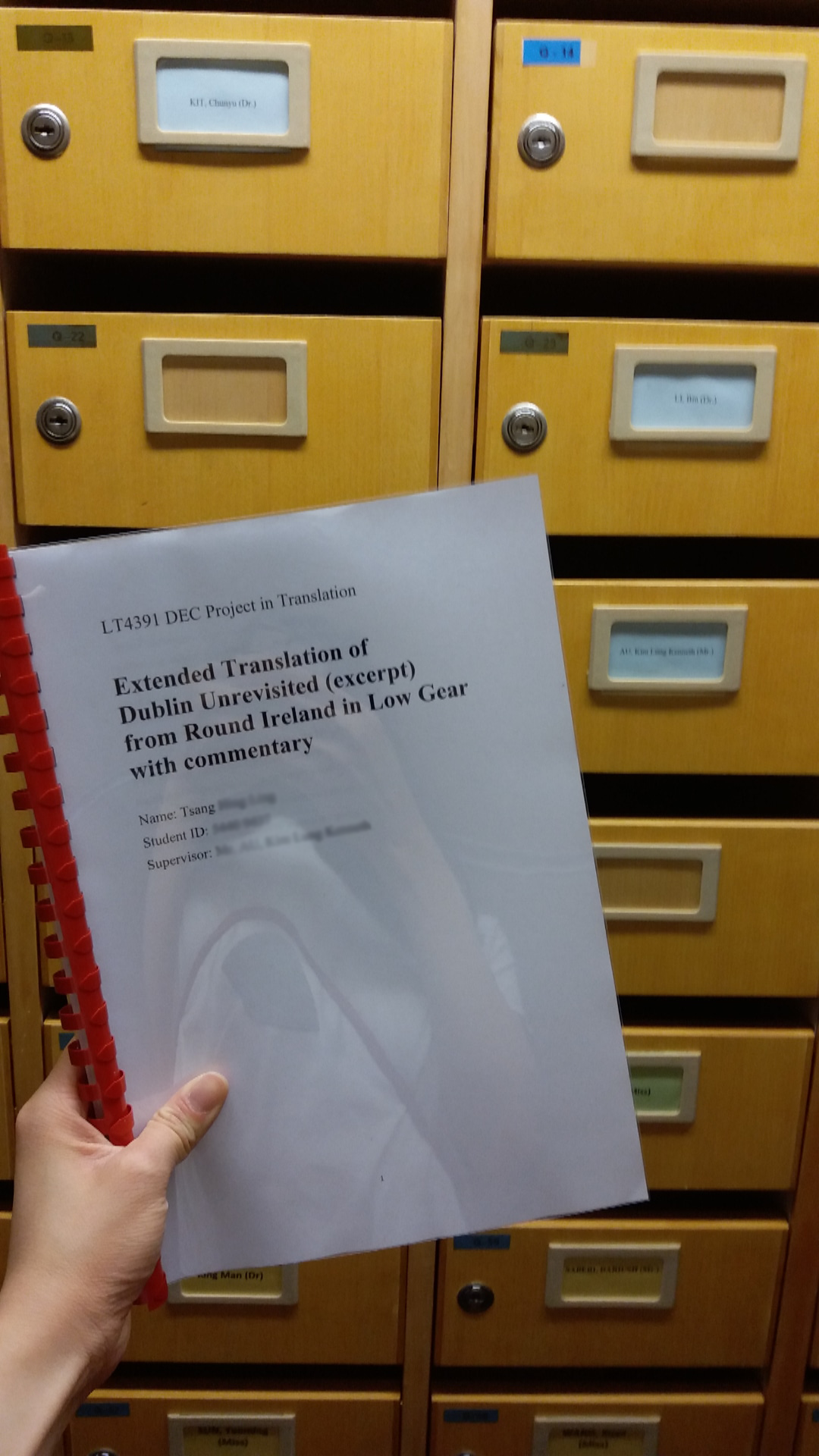
The Author,
The Book,
And the rest…
The Author

Eric Newby (1919 – 2006) was a famous English travel writer in the UK. He was an apprentice on a barque before he served in the British Army during World War II. He was captured as a prisoner of war from 1942 to 1945. He then escaped with the help of a girl called Wanda, who later became his wife and a companion on his adventures in the following decades. After the war, besides working in the fashion business for some years, he started travelling around the world, especially to remote places, and book publishing. His first book The Last Grain Race was published in 1956. In the same year, he also attempted to climb Mir Samir in Afghanistan, which the local villagers believed was unclimbable. He continued to travel a lot and published travel literature after that. He was also a Travel Editor for The Observer during the ’60s and ’70s.

Commented by Evelyn Waugh, a great prose stylist in the last century, in the preface to Newby’s most famous book A Short Walk in the Hindu Kush, Newby’s work is described as “intensely English”. Waugh says that Newby’s journeys reveal “the longing, romantic, reasonless, which lies deep in the hearts of most Englishmen” because Newby mostly travels merely for his own pleasure and curiosity, without any other concerns. As Waugh describes, “it exemplifies the essential traditional amateurism of the English.”, just like Newby, many Englishmen in the 19th and 20th centuries travel around the world to explore and venture for amusement. His experience definitely evokes resonance among the English readers.
In addition, Waugh describes Newby’s style of writing as “an idiomatic, uncalculated manner the very antithesis of Mandarin’ stylishness”. Newby’s relaxing writing shows significant features of the common British travel writing, such as “whimsy joined with the ability not only to notice but to describe the odd and the incongruous.” (Pickering, 2007) Newby’s sense of humour is omnipresent in his works. Humorous metaphors, idioms and plots are always found in his jolly pieces of literature. This delightful feature is a highlight to both the pleasure of reading and the pressure of translation.
The Book

Round Ireland in Low Gear was first published in 1987. It was the author’s second book about Ireland after Wonders of Ireland: A Personal Choice of 484 with Diana Petry in 1969. Two years before the publication of the book, Newby decided to explore Ireland with his wife as much as they can during that period of time. With reference to sources of travel information, they decided to travel Ireland by bicycle. After the journey, he recorded his travel experience in the book.
In the introduction to the book, Newby says that they were going to Ireland merely to enjoy themselves. Before the trip, Newby considered every possibility of the means of transportation but eventually comes up with riding a bike because it is the most practical way to explore Ireland as much as possible.

On the other hand, Pickering, an English professor from the US, claims in his review that Newby may have been influenced by a book published in 1983 called The Kingdom by the Sea, written by Paul Theroux, who committed to travel the UK by train and on foot. “Theroux’s book and its episodic narrative broken by different methods of travelling may have influenced Newby. In any case the narrative structures of these books are similar.” (Pickering, 2007) Newby started his low gear trip at the age of 66, which is not usual for elderly travel writers, who usually stop travelling or only go for short and relaxing trips at such an age. Anyway, I personally see it as an encouragement to anyone who is attempting to achieve any form of mission impossible.
Another observation raised by Pickering is that “Newby’s books all contain anecdotal history; but, as he ages and his capacity for extended exertion diminishes, history swells muscularly, as it usually does in books written by aging travel writers.” (Pickering, 2007) This is also true. Throughout my whole journey of reading and translating the literature, I always encounter lines and paragraphs of relevant history. For example, when Newby talks about Prospect Cemetery (P. 248), he brings out several lines of information about who had been buried there. As both a reader and a translator, I think I have absorbed tons of knowledge about Ireland.
The Chapter

The text is an excerpt chosen from the chapter “Dublin Unrevisited” (都柏林舊地未遊). As it is named, this chapter is dedicated to the journey in Dublin. There are mainly two reasons that make Dublin “unrevisited” to Newby who has definitely been there before, as he always compares the Dublin he sees on the trip to the Dublin in his memory. Dublin has since changed a lot, according to Newby. Also, he is neither going to places he has been to nor visiting the prestigious attractions of the city. Instead, he is exploring places that are not that well-known to tourists.
Reason for choosing the text
The initial reason for choosing this text to translate is quite personal. Ireland has long been a place I would love to introduce to people since I had been to Dublin for a semester exchange. Also, with the knowledge gained during the exchange, I have confidence in translating texts that are related to Ireland. It persuades me to choose a text that is about Ireland.

In a broader sense, looking at society, I find that travelling has been a big thing for Hongkongers in recent years. They go aboard more often on vacations. Although travel stories may not be that attractive compared to travel guide books in the market, they may still be interesting to some travellers who love to know about a place from others’ experiences, especially from “expert” travel writers. There is still economic value in publishing and translating travel stories.
In terms of academia, Newby’s style of writing is, as mentioned in Part 1.1, “intensely English”. Not only the soul of the passage is English, but also many culture-specific items are involved. I believe there will be much to learn and discuss when I translate such a challenging passage.
From another perspective, I find Newby’s experience encouraging. As I have mentioned in the previous section, Newby completed the journey by bike at the age of 66 in the ’80s when Google Map was not even invented. For elders or someone who is not physically well-trained, I believe it may take more than courage and patience to achieve it. It is not an easy task, not even for a strong young man. In a society like Hong Kong, commented by the media as dreadful and conservative, I hope Newby’s experience could be an encouragement to anyone who is striving hard to pursue their dream.
Intended Readership
The original text written by Newby targets, no doubt, British readers and, especially, travellers. Newby was a famous travel writer and editor in England so there would absolutely be a fixed group of readers who are keen on his books. Also, as the internet was not as advanced as it is currently, where you can google travel information handily, travel stories and guide books were the only reliable materials travellers could have as an aid to their trips in the 80s and 90s.

My translation targets travellers and anyone willing to know more about the background of Ireland. Because the book consists of loads of information about Ireland, in terms of history, politics, geography, culture, society and more, it would be a good read for anyone who wants to learn about the place.
On the other hand, since Newby’s experience has been an encouragement to me, I hope it would also inspire anyone else who is bearing an unachieved dream in his heart. Moreover, in an ageing society like Hong Kong, Newby’s energetic experience could be a perfect example of how to live your life fully and fruitfully in your old age.
